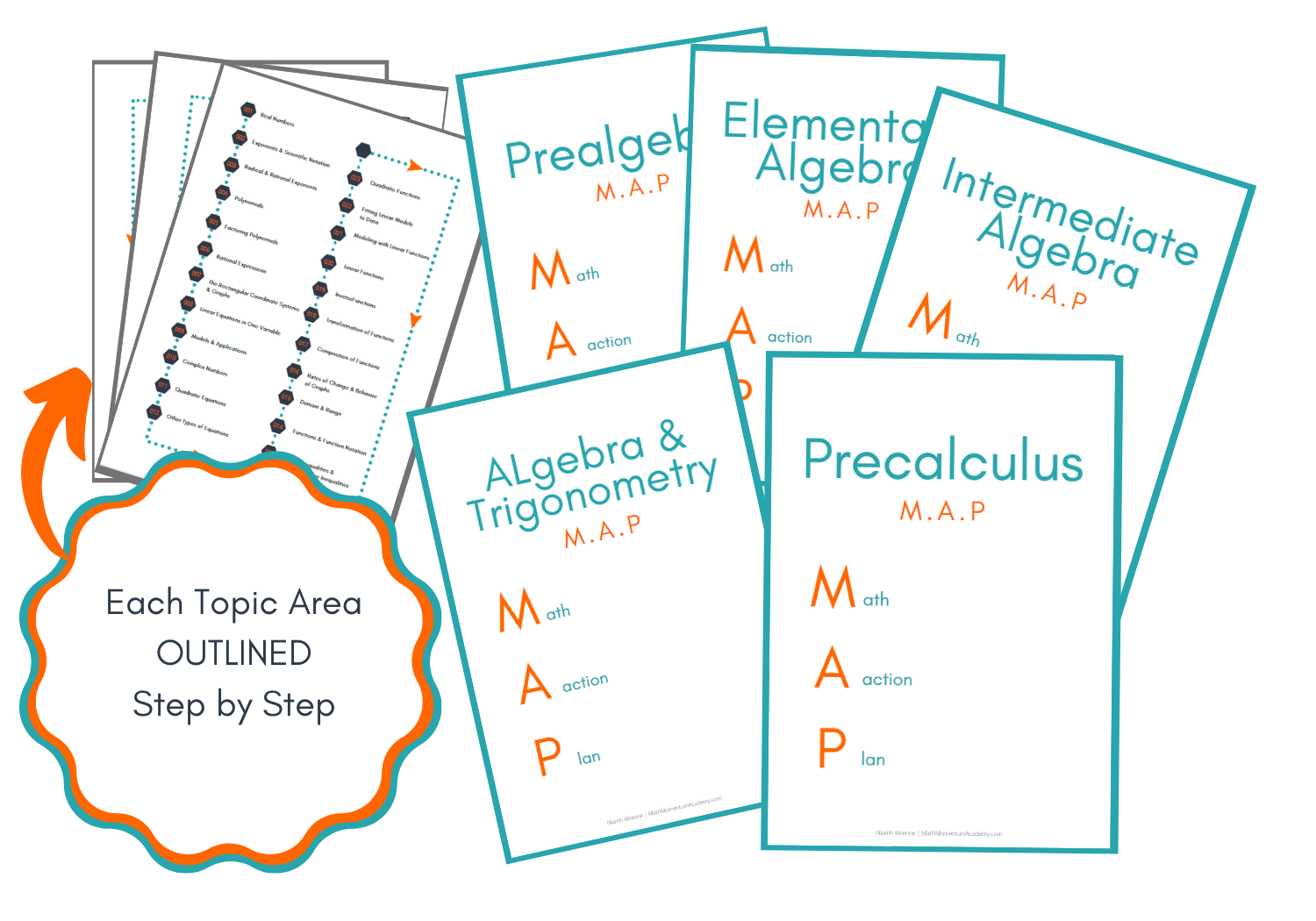Master Radical Numbers
Radical numbers are presented in math with, what is commonly referred to as the "square root sign".
 |
It is important to note, that at the grade school level of math and radicals, in general the highest root a student will be expected to perform on is the square root (like the examples I have given here. |
But a radical can be presented with ANY number to the left of the symbol along with the number within the symbol. The number to the left, dictates the amount of times the root must be multiplied BY ITSELF resulting in the number within the symbol.
So with this image, the question is: What number when multiplied by ITSELF X times will result in Y
If there is NO number to the left of the symbol - it is understood to be '2' (the square root).
 |
During During our exploration of exponents we discovered that the exponential notation is a short hand version of asking what is the value of X multiplied by X. |
 |
With Radical numbers we are exploring a new concept. We are asking - "What two numbers when multiplied together will result in X? (for a square root) |
Example of a Radical Number
|
What exactly is this Radical Asking - remember if there is no number to the left of the root symbol it is assumed to be 2 . |
|
 |
So this radical is asking, what is the value of the number, when multiplied by itself twice will give the value of 4? The answer is 2. 2 x 2 = 4 |
Remember this!
- A root can be either a rational number or irrational number.
- A root is not always a positive number. A root is often both the positive and negative integer.
So our answer above is not quite correct. The correct answer is Root4 = + 2 and/or -2
Once your child fully understands what a radical number is, it will be time for them to move on to working with them.
What is a Sixth Grader expected to do with Radical Numbers?
Bellow I list what your child will be expected to do with these numbers, along with the links to get to the relevant information.
- Simplifying Radicals
- Rules for Radicals
- Adding and Subtracting Radicals
- Multiplying and Dividing Radicals
- Rationalizing the Denominator
If you enjoyed the information presented here on the topic of radical numbers, then why not check into the rest of the great information in our Basic Algebra Section?
Don't forget that you can explore all the other areas of basic mathematics by exploring this site, and of course get all the printable math worksheets you need to practice these all important skills.
Keep In Touch!
You can send me a quick message, follow me on Facebook or why not join our community of like minded parents? Choose all the options so you don't miss any of the new material added to this site.





